Image of 1960 Mercedes-Benz 300, Note: These illustrations use artistic license and may differ from actual historical models.
Performance Metrics
Fundamental Metrics
Emotional Appeal
MMP Rating
| Engine Specifications | |
|---|---|
| Engine Options: | Inline 6 |
| Displacement Range: | 2996 cc |
| Horsepower Range: | 160 hp at 5300 rpm |
| Torque: | 205 lb-ft at 4200 rpm |
| Compression Ratio: | 8.55:1 |
| Ignition System: | Bosch mechanical fuel injection |
| Cooling System: | Water-cooled |
| Performance Specifications | |
| 0-60 Time: | 10 seconds |
| 1/4 Mile Time: | 17 seconds |
| Top Speed: | 120 mph |
| Transmission and Drive | |
| Drive Type: | Rear-wheel drive |
| Transmission Type: | 4-speed manual or 4-speed automatic |
| Fuel and Efficiency | |
| Fuel System Type: | Fuel injection |
| MPG: | 15 mpg |
| Dimensions and Brakes | |
| Brakes: | Drum brakes |
| Wheelbase: | 120 inches |
| Weight: | 3600 lbs |
Note: Specifications for classic cars are given to the best of our ability, considering the limited and variant data available.
Unveiling the 1960 Mercedes-Benz 300
The 1960 Mercedes-Benz 300 is not just a car; it's a rolling testament to luxury and engineering prowess. Born in an era when automobiles were transitioning from mere transportation to symbols of status and style, the Mercedes-Benz 300 emerged from the storied German manufacturer renowned for its commitment to quality and innovation. This particular model, often referred to as the Adenauer after the German Chancellor who favored it, carved its niche in the annals of automotive history. It's a vehicle that once ferried dignitaries and set standards for luxury sedans.
Design and Innovation
The exterior of the 1960 Mercedes-Benz 300 exudes a timeless elegance, with its long, flowing lines and stately chrome grille. The vehicle's imposing presence was matched by an interior that showcased the finest materials of its time, including rich leather upholstery and polished wood trim. Technologically, it was ahead of its curve with features like power steering and a sophisticated suspension system that promised a smooth ride regardless of road conditions. The color palette ranged from deep blacks to striking silvers, with the latter often being a popular choice for its reflective sheen. Body styles varied, but the four-door saloon was particularly iconic, embodying both luxury and practicality.
Historical Significance
The 1960 Mercedes-Benz 300 set benchmarks in automotive luxury that would influence future generations of vehicles. Its blend of refinement, power, and engineering excellence was unrivaled at the time, making it a favorite among elites and establishing Mercedes-Benz as a premier automaker. The car's legacy is evident in how it paved the way for subsequent models that continued to push the envelope in luxury motoring.
Performance and Handling
Performance-wise, the 1960 Mercedes-Benz 300 did not disappoint. With a top speed that could reach upwards of 160 km/h (100 mph) and an acceleration capable of achieving 0-60 mph in respectable times for its class, it balanced power with poise. On winding roads or when encountering bumps, the car maintained composure, thanks to its advanced suspension system. Driving this classic was an auditory delight as well; the engine's purr was music to any enthusiast's ears—a symphony accompanying the plush ride.
Ownership Experience
Owners of this prestigious vehicle used it for various purposes—from daily driving to attending exclusive events or even participating in vintage car rallies. While maintenance could be intensive due to its age and sophistication, many parts were engineered to last, making repairs manageable for those familiar with classic car upkeep.
Fun Facts
The 1960 Mercedes-Benz 300 has had its share of limelight with rare editions that collectors covet and celebrity ownerships that add to its storied past. It has been associated with various records in endurance and performance for vehicles of its era. Despite criticisms about its size or fuel consumption compared to modern standards, it remains an icon of automotive excellence.
Collector's Information
Today, a well-preserved 1960 Mercedes-Benz 300 can fetch a wide range in value depending on condition, provenance, and originality; prices can soar well into six figures for pristine examples. While production numbers were limited compared to mass-market vehicles, several thousand units were produced across different variants. As for appreciation potential, this classic Mercedes tends to hold or increase in value over time as collectors recognize its significance.
Conclusion
The 1960 Mercedes-Benz 300 is more than just an old car; it's a piece of history that continues to captivate enthusiasts and collectors alike. Its blend of elegance, innovation, and performance set standards that still resonate in today's luxury vehicles. As we look back on this remarkable machine, we're reminded that true craftsmanship never goes out of style—it merely ages gracefully into legend.
1960 Mercedes-Benz 300 Catalog of Parts
 1960 Mercedes-Benz 300 Hand Brake Lever Boot-BL 15Hand Brake Lever Boot. 2-5/16" high, 1-1/8" top hole, 1-7/8" bottom hole. Pair
1960 Mercedes-Benz 300 Hand Brake Lever Boot-BL 15Hand Brake Lever Boot. 2-5/16" high, 1-1/8" top hole, 1-7/8" bottom hole. Pair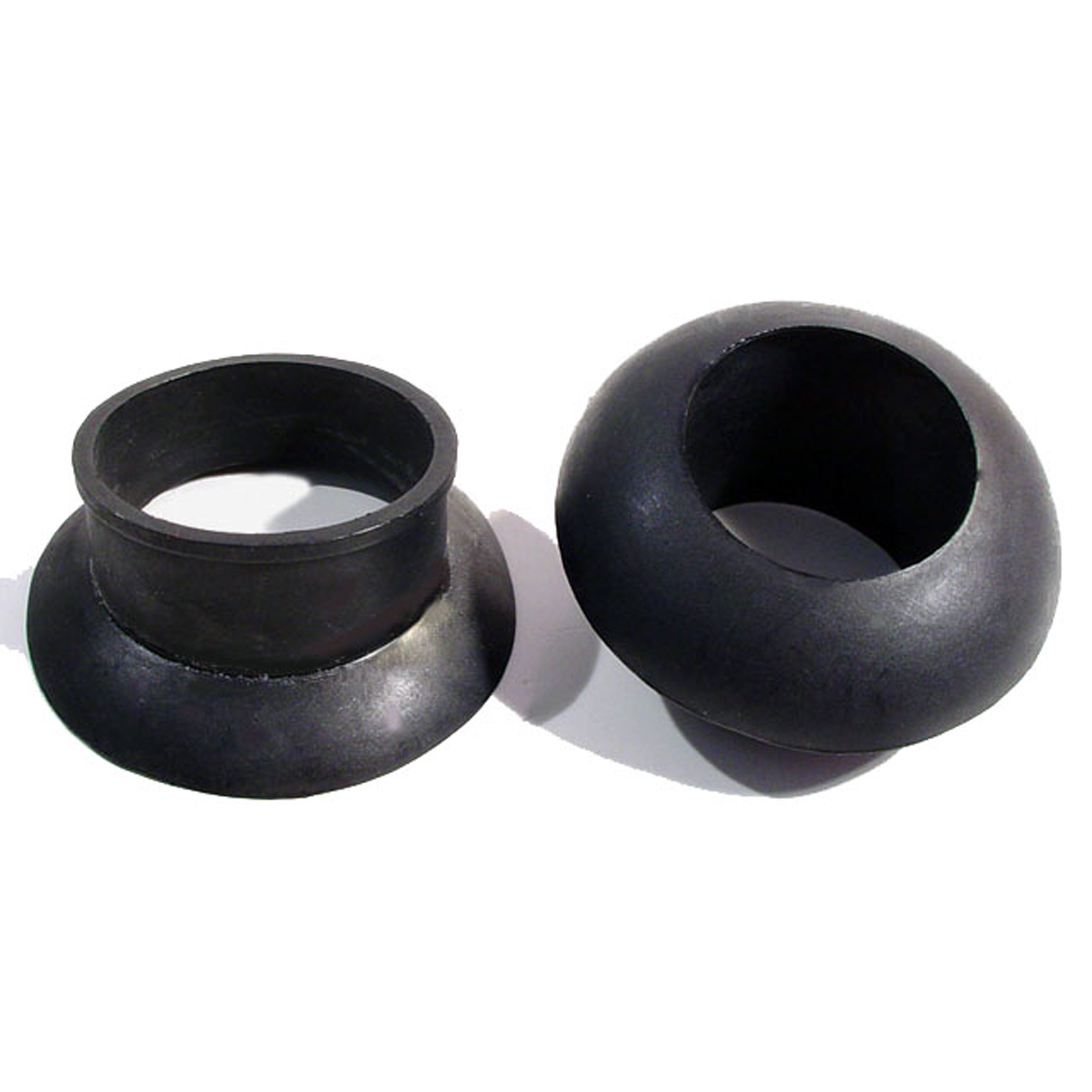 1960 Mercedes-Benz 300 Gas Filler Grommet. 2-Piece Set.-GF 43-AGas Filler Grommet. 2-Piece Set.
1960 Mercedes-Benz 300 Gas Filler Grommet. 2-Piece Set.-GF 43-AGas Filler Grommet. 2-Piece Set. 1960 Mercedes-Benz 300 Door Jam Light Switch Seal. 1-1/8" x 1-1/2", 13/16" I.D-MB 540Door Jam Light Switch Seal. 1-1/8" x 1-1/2", 13/16" I.D. Each
1960 Mercedes-Benz 300 Door Jam Light Switch Seal. 1-1/8" x 1-1/2", 13/16" I.D-MB 540Door Jam Light Switch Seal. 1-1/8" x 1-1/2", 13/16" I.D. Each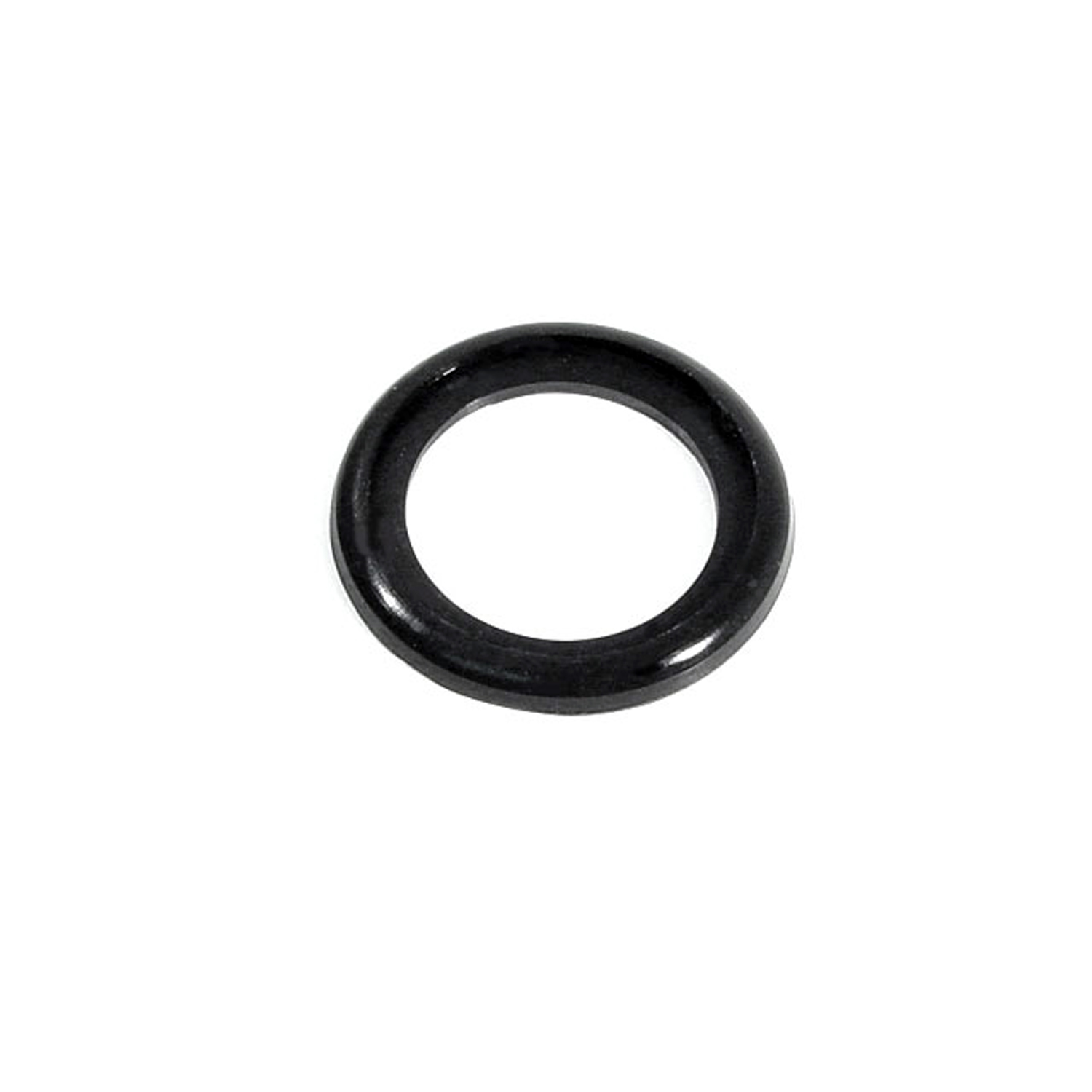 1960 Mercedes-Benz 300 Trunk Lock Pad. 1-11/16" O.D., 1-1/8" I.D. Each-MP 824-ITrunk Lock Pad. 1-11/16" O.D., 1-1/8" I.D. Each
1960 Mercedes-Benz 300 Trunk Lock Pad. 1-11/16" O.D., 1-1/8" I.D. Each-MP 824-ITrunk Lock Pad. 1-11/16" O.D., 1-1/8" I.D. Each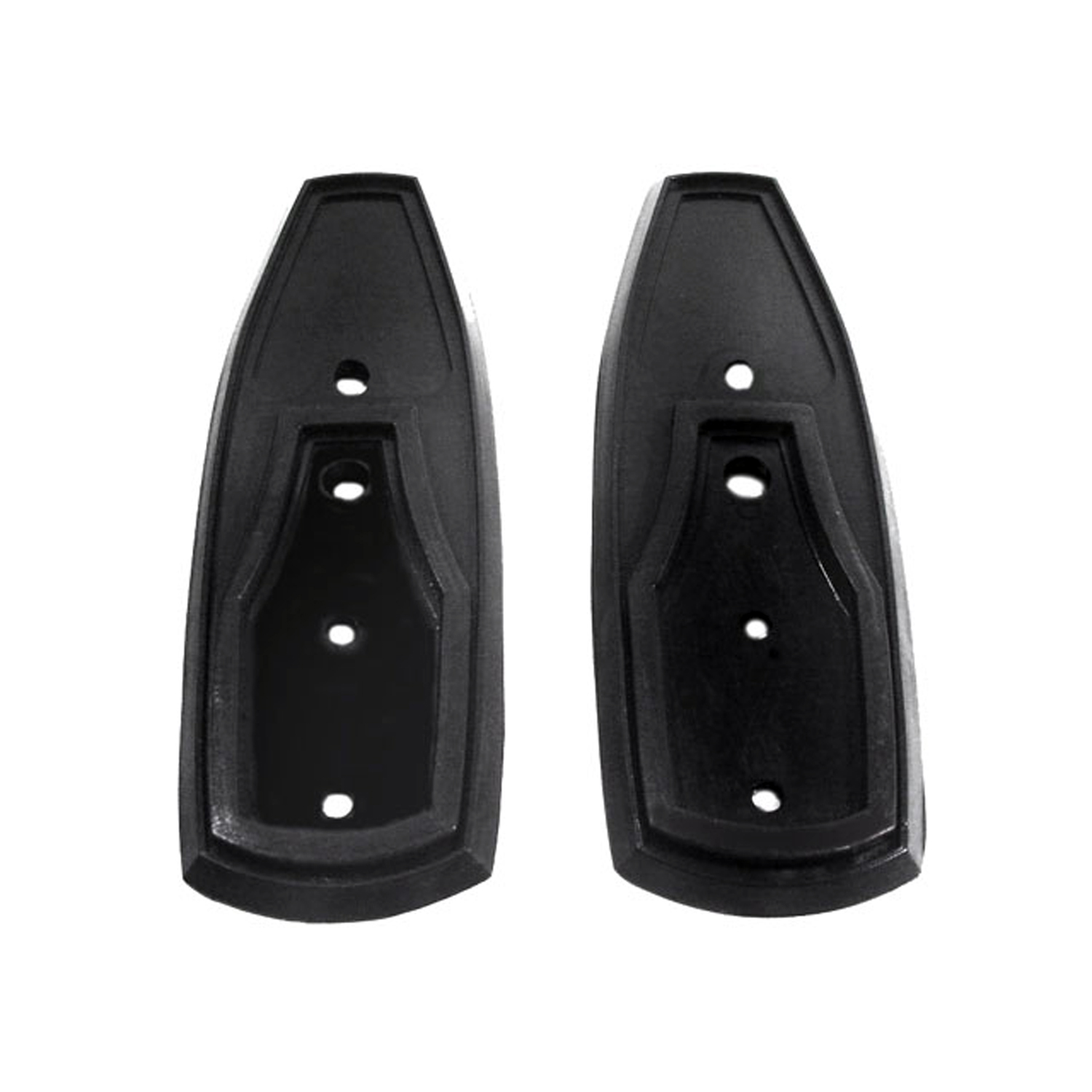 1960 Mercedes-Benz 300 Rear Turn Signal Pads. 2-5/8" wide X 7-1/2" long. Pair-MP 824-VRear Turn Signal Pads. 2-5/8" wide X 7-1/2" long. Pair
1960 Mercedes-Benz 300 Rear Turn Signal Pads. 2-5/8" wide X 7-1/2" long. Pair-MP 824-VRear Turn Signal Pads. 2-5/8" wide X 7-1/2" long. Pair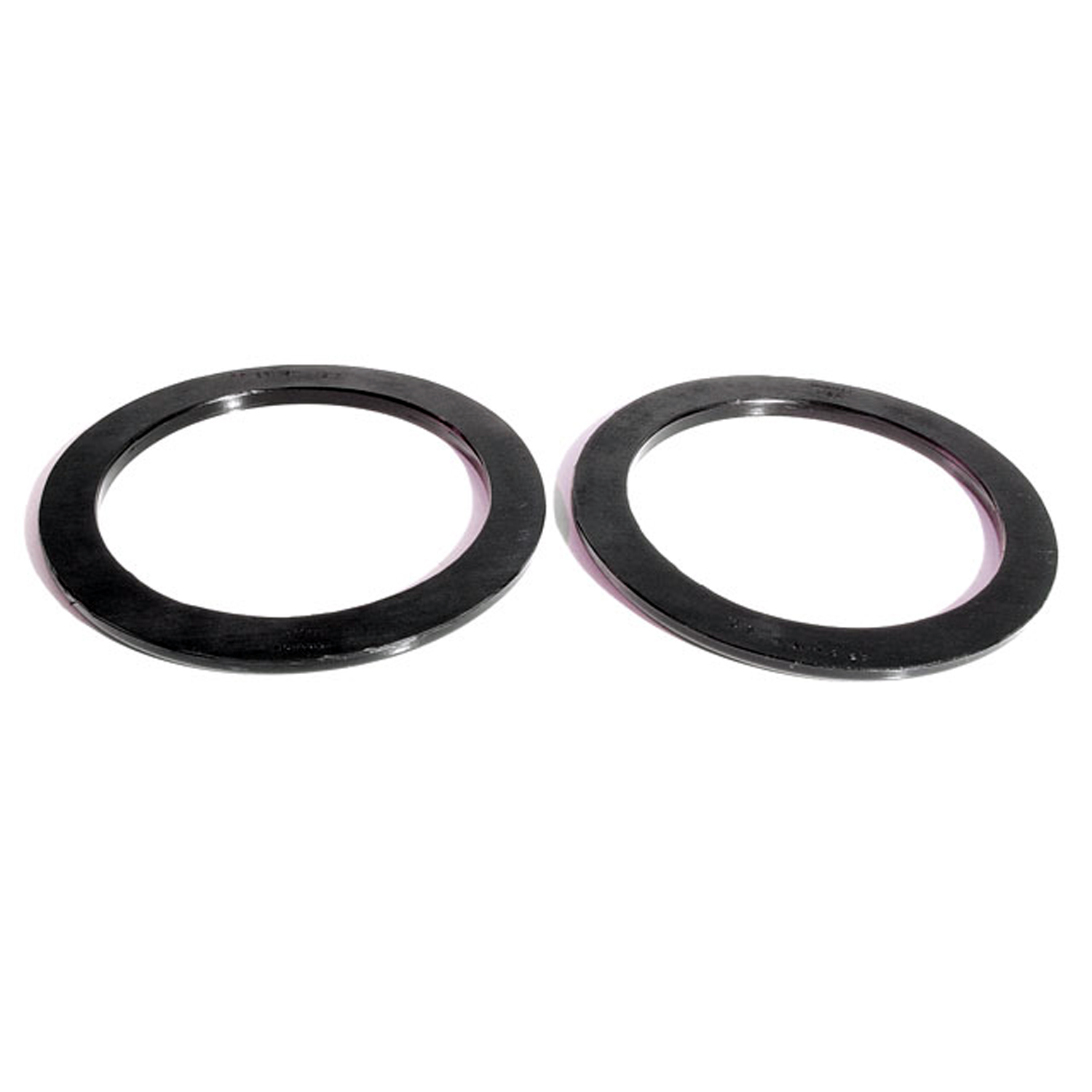 1960 Mercedes-Benz 300 Coil Spring Pads. 4" I.D., 5-1/2" O.D. Pair-RP 23-MCoil Spring Pads. 4" I.D., 5-1/2" O.D. Pair
1960 Mercedes-Benz 300 Coil Spring Pads. 4" I.D., 5-1/2" O.D. Pair-RP 23-MCoil Spring Pads. 4" I.D., 5-1/2" O.D. Pair 1960 Mercedes-Benz 300 Door Bumper Stop. Four used per car-RP 24-ADoor Bumper Stop. Four used per car. 3/4" wide X 1-1/2" long X 3/8" thick. Each
1960 Mercedes-Benz 300 Door Bumper Stop. Four used per car-RP 24-ADoor Bumper Stop. Four used per car. 3/4" wide X 1-1/2" long X 3/8" thick. Each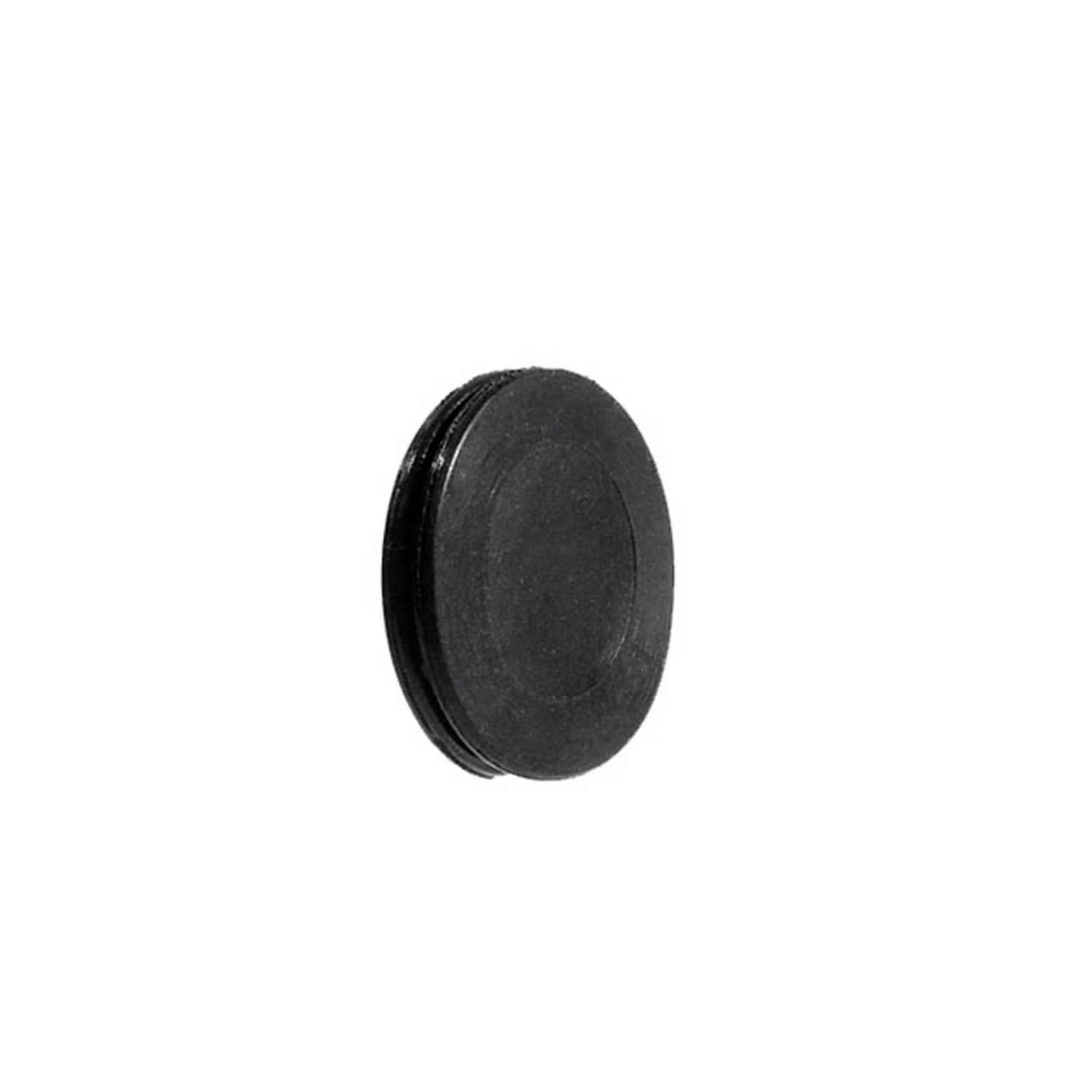 1960 Mercedes-Benz 300 Hole Plug. Fits 5/8" hole. Each-SM 74-DHole Plug. Fits 5/8" hole. Each
1960 Mercedes-Benz 300 Hole Plug. Fits 5/8" hole. Each-SM 74-DHole Plug. Fits 5/8" hole. Each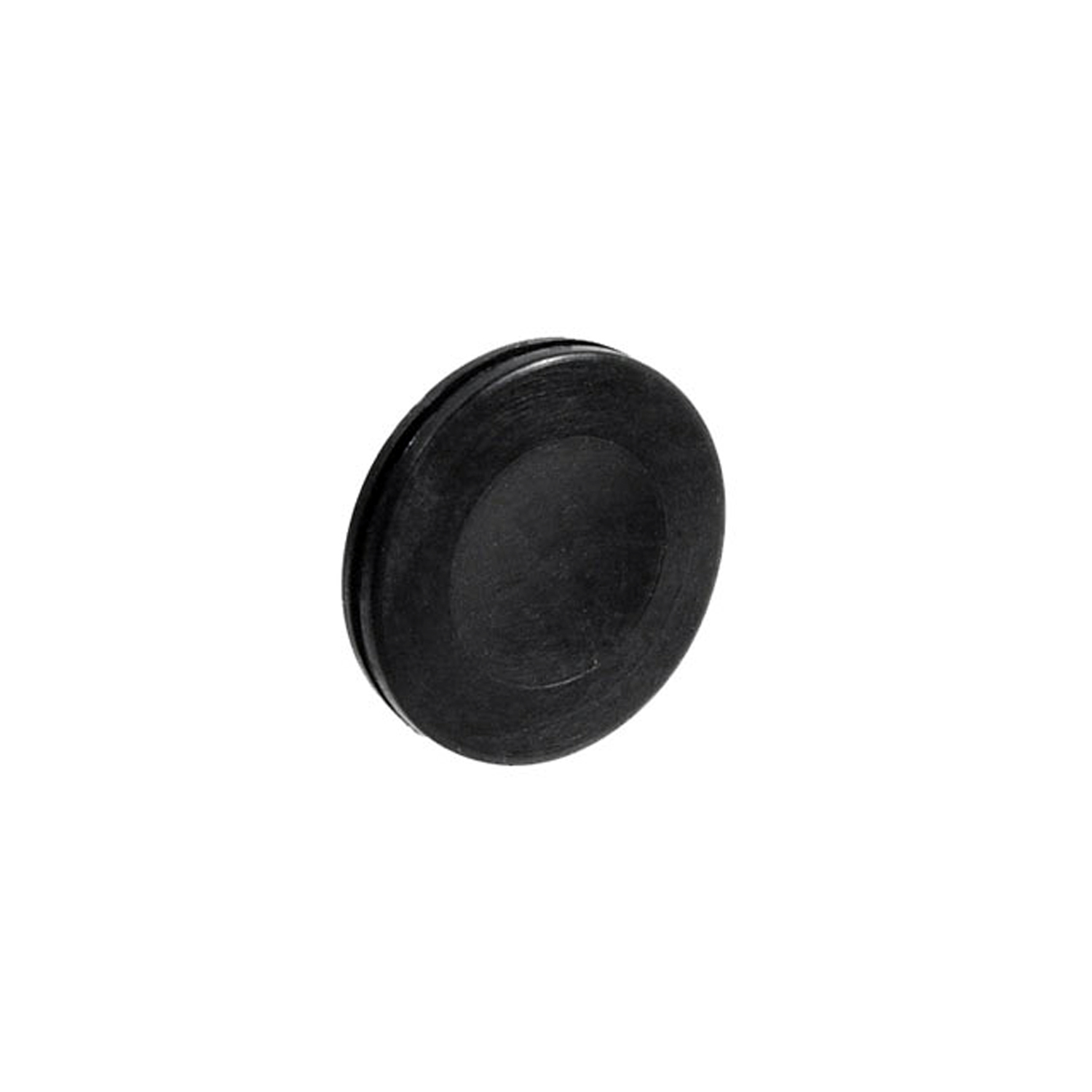 1960 Mercedes-Benz 300 Hole Plug. Fits 11/16" hole. Each-SM 74-EHole Plug. Fits 11/16" hole. Each
1960 Mercedes-Benz 300 Hole Plug. Fits 11/16" hole. Each-SM 74-EHole Plug. Fits 11/16" hole. Each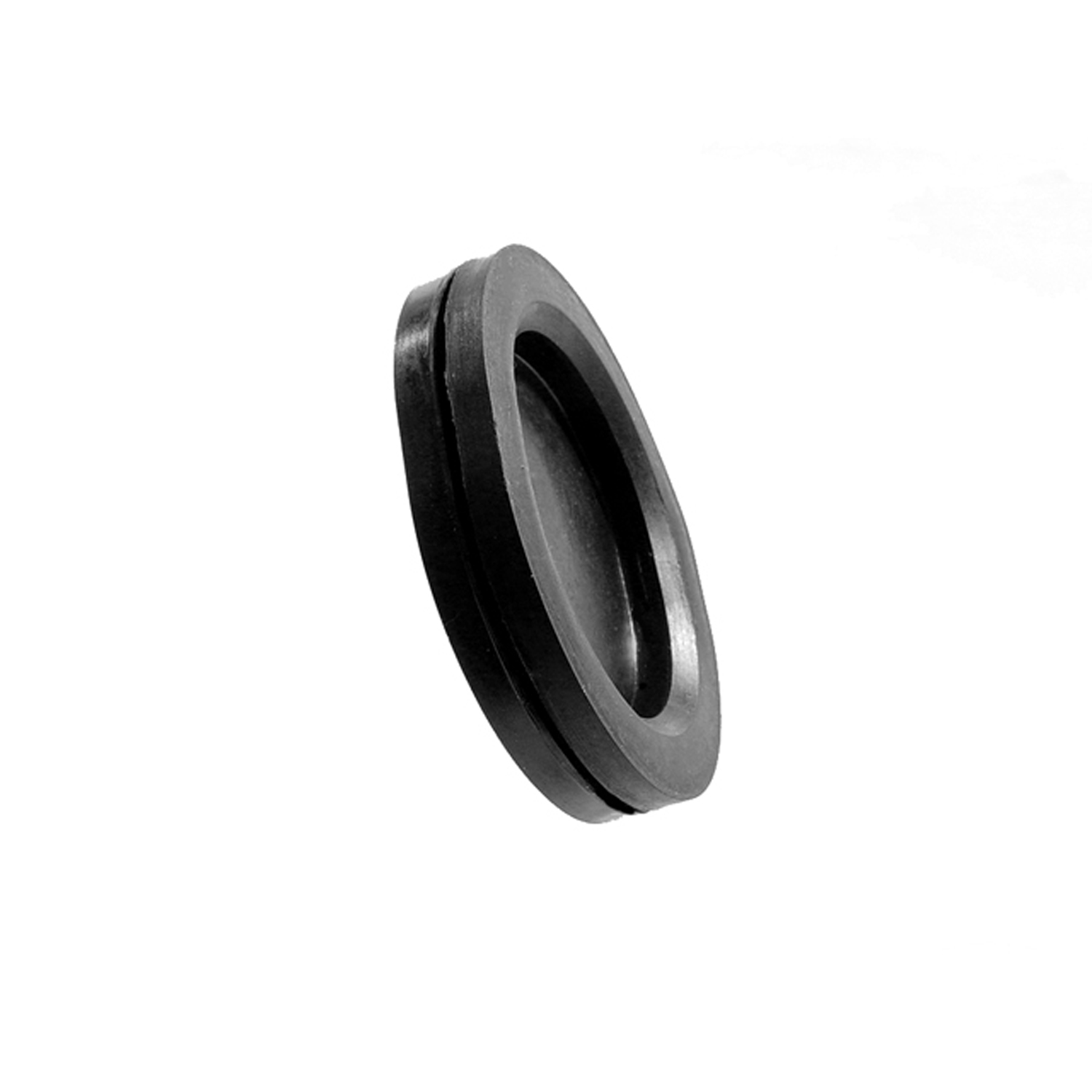 1960 Mercedes-Benz 300 Parking Brake Grommet. 2-3/8" X 2-1/8"-SM 84-DParking Brake Grommet. 2-3/8" X 2-1/8". Fits 1-7/8" X 1-5/8" Hole. Each
1960 Mercedes-Benz 300 Parking Brake Grommet. 2-3/8" X 2-1/8"-SM 84-DParking Brake Grommet. 2-3/8" X 2-1/8". Fits 1-7/8" X 1-5/8" Hole. Each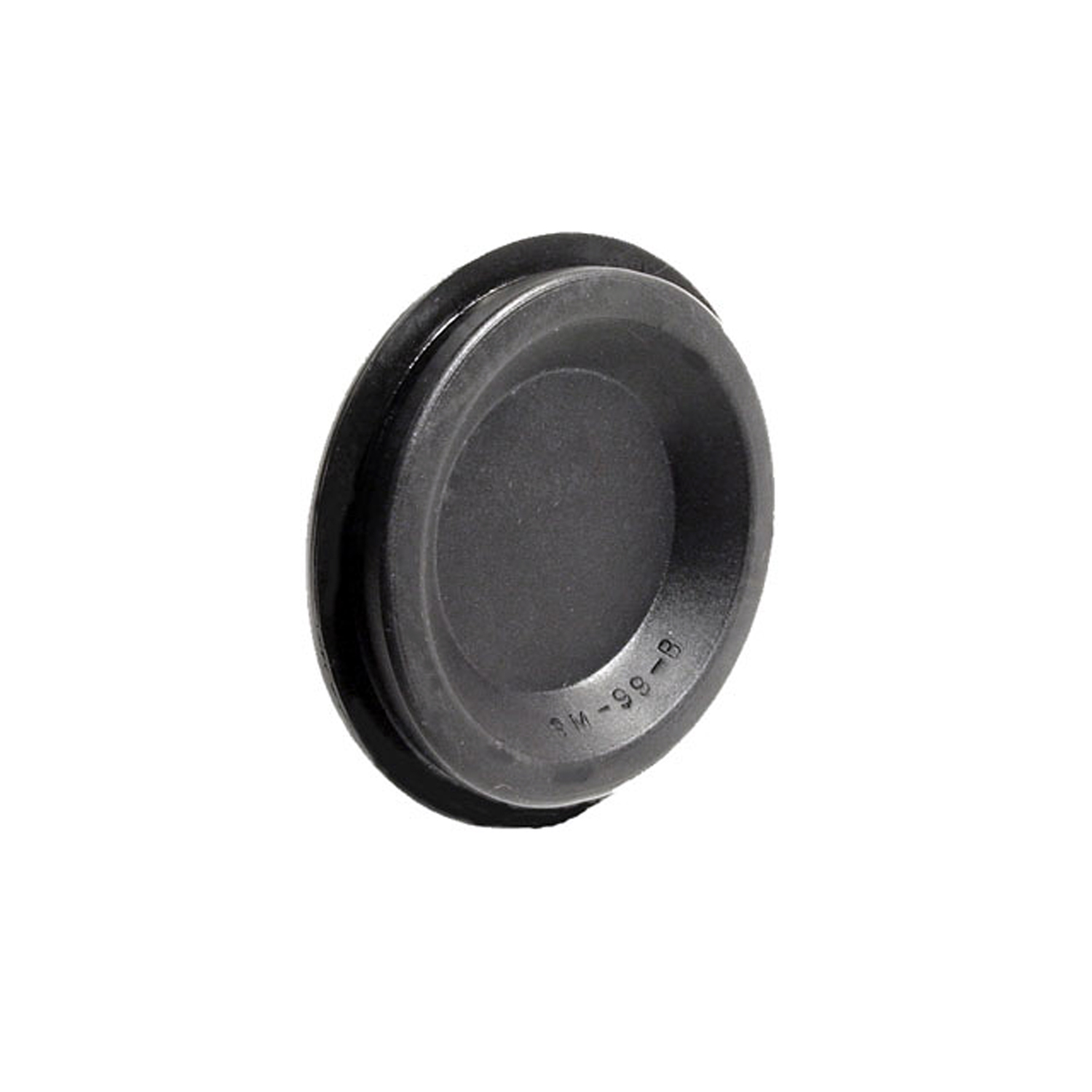 1960 Mercedes-Benz 300 Large Hole Plug-SM 99-BLarge Hole Plug. Used for holes over gas tank bolts in trunk and holes over rear shocks. Fits a 2-7/16" hole. Uses up to six per car. Each
1960 Mercedes-Benz 300 Large Hole Plug-SM 99-BLarge Hole Plug. Used for holes over gas tank bolts in trunk and holes over rear shocks. Fits a 2-7/16" hole. Uses up to six per car. Each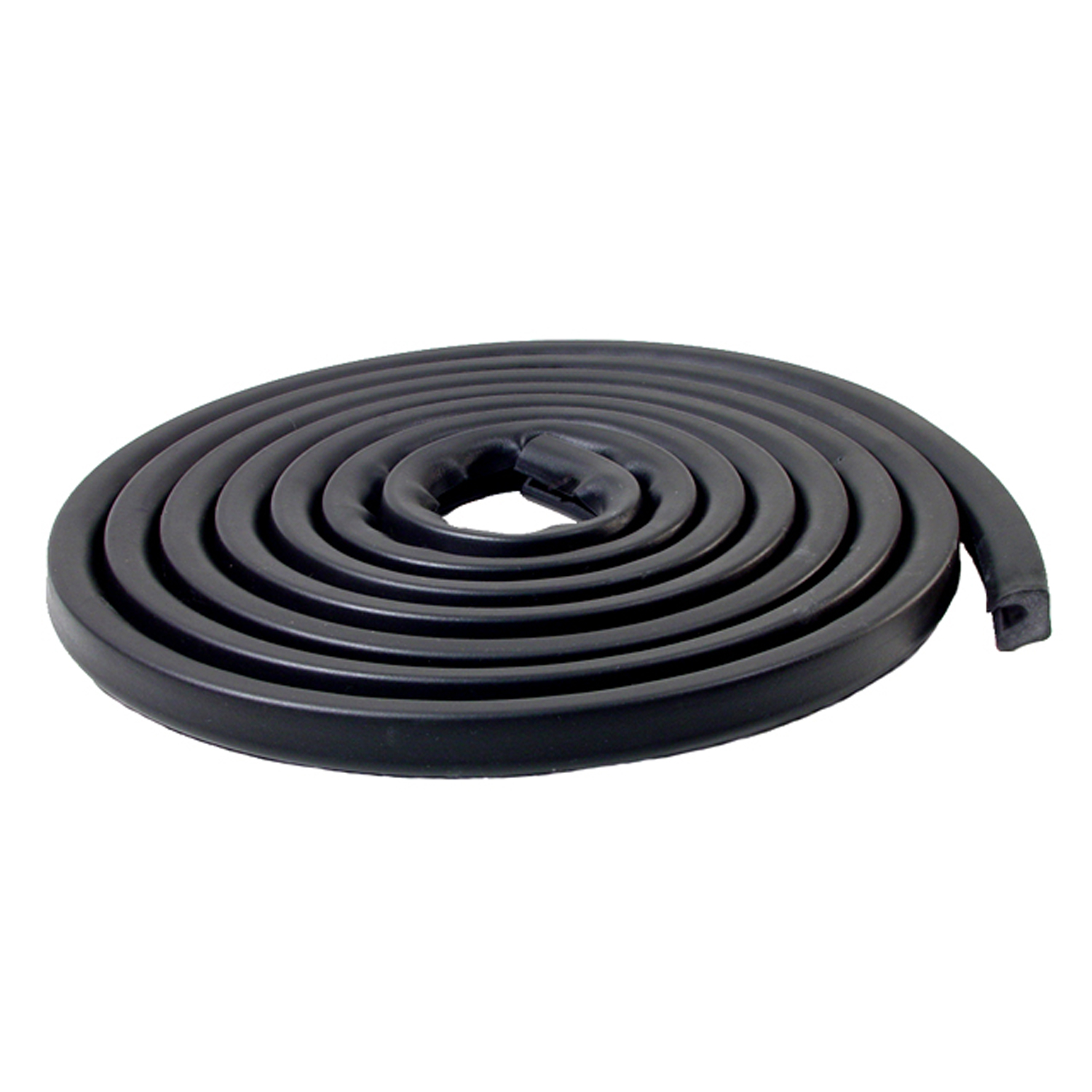 1960 Mercedes-Benz 300 Trunk Seal. Each-TK 63-M/15Trunk Seal. Each
1960 Mercedes-Benz 300 Trunk Seal. Each-TK 63-M/15Trunk Seal. Each 1960 Mercedes-Benz 300 Flexible glass-run channel. Rubber covered and pile lined-WC 12-96Flexible glass-run channel. Rubber covered and pile lined. Unbeaded. 96 in. long. Each. NOTE: $20 special shipping charge applies for domestic orders. Call or email for overseas shipping costs. Part can be sectioned in two or three equal lengths to reduce overseas shipping costs.
1960 Mercedes-Benz 300 Flexible glass-run channel. Rubber covered and pile lined-WC 12-96Flexible glass-run channel. Rubber covered and pile lined. Unbeaded. 96 in. long. Each. NOTE: $20 special shipping charge applies for domestic orders. Call or email for overseas shipping costs. Part can be sectioned in two or three equal lengths to reduce overseas shipping costs.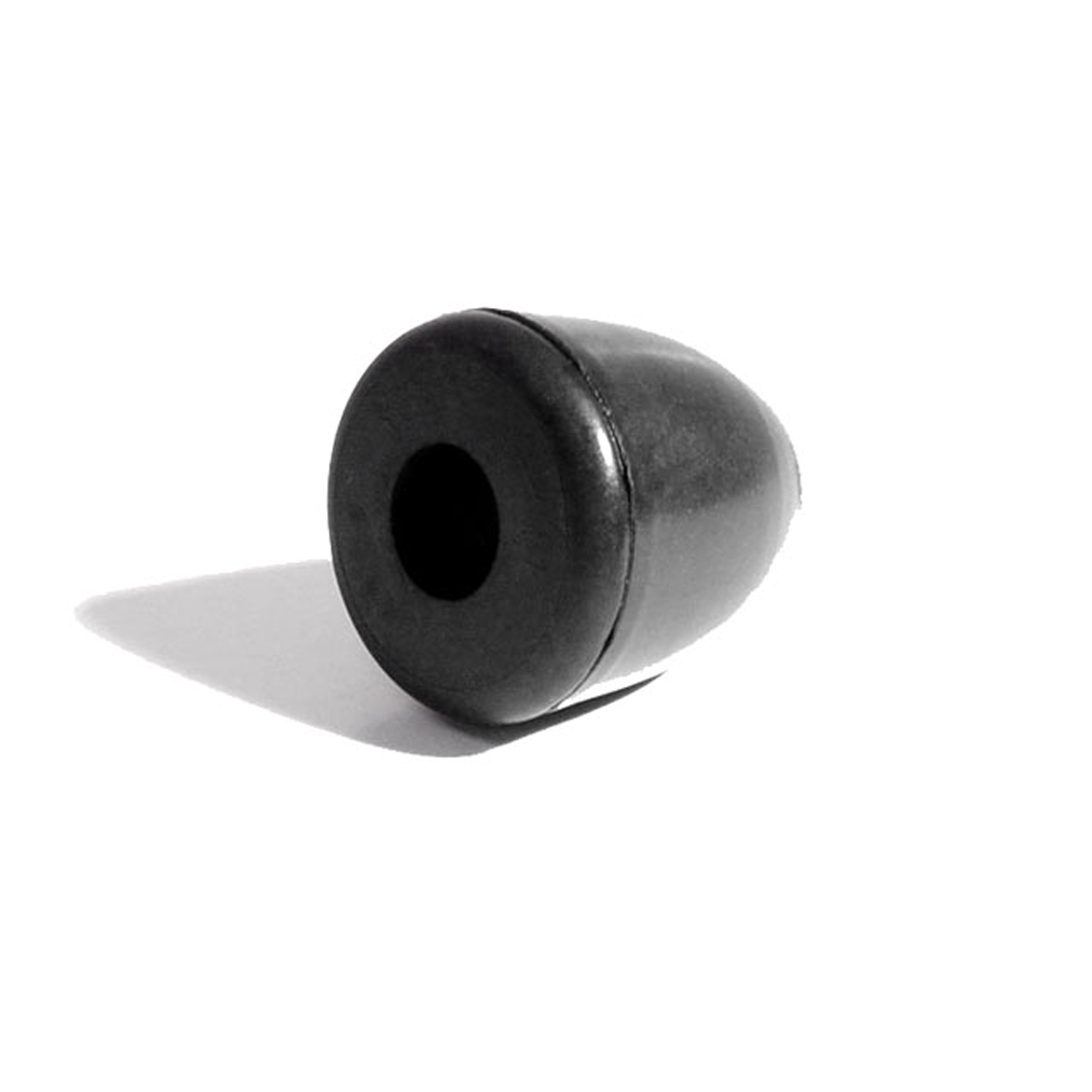 1960 Mercedes-Benz 300 Front Suspension Bumper. Four used per car-XB 35Front Suspension Bumper. Four used per car. Replaces OEM #1823330065. 2-1/4" high. Each
1960 Mercedes-Benz 300 Front Suspension Bumper. Four used per car-XB 35Front Suspension Bumper. Four used per car. Replaces OEM #1823330065. 2-1/4" high. EachWhy Choose Metro?
For over 100 years, Metro Moulded Parts has been the pinnacle of quality in classic car restoration parts. Our commitment to precision and authenticity in every component ensures a perfect fit and an OEM-level appearance.
- Expert Craftsmanship & Quality: Each part is a testament to our dedication to reliability and perfection, crafted from original designs and thoroughly tested.
- Advanced Technology: We use cutting-edge techniques to create flawless, long-lasting parts that surpass others in performance.
- SuperSoft Sponge – The Ultimate Door Seal: Not only are our door seals 30% softer than competitors', but they're also guaranteed to never leak. They effectively reduce wind and road noise, enhancing your classic car's comfort and driving experience.
- Proudly American: Our parts are a product of American craftsmanship, made in the USA with a spirit of excellence and heritage.
- Unrivaled Warranty: We back our products with a 30-year industry-leading warranty, a testament to our confidence in their quality.
Join us in preserving the legacy of classic cars with parts that are crafted for perfection, not just made.

